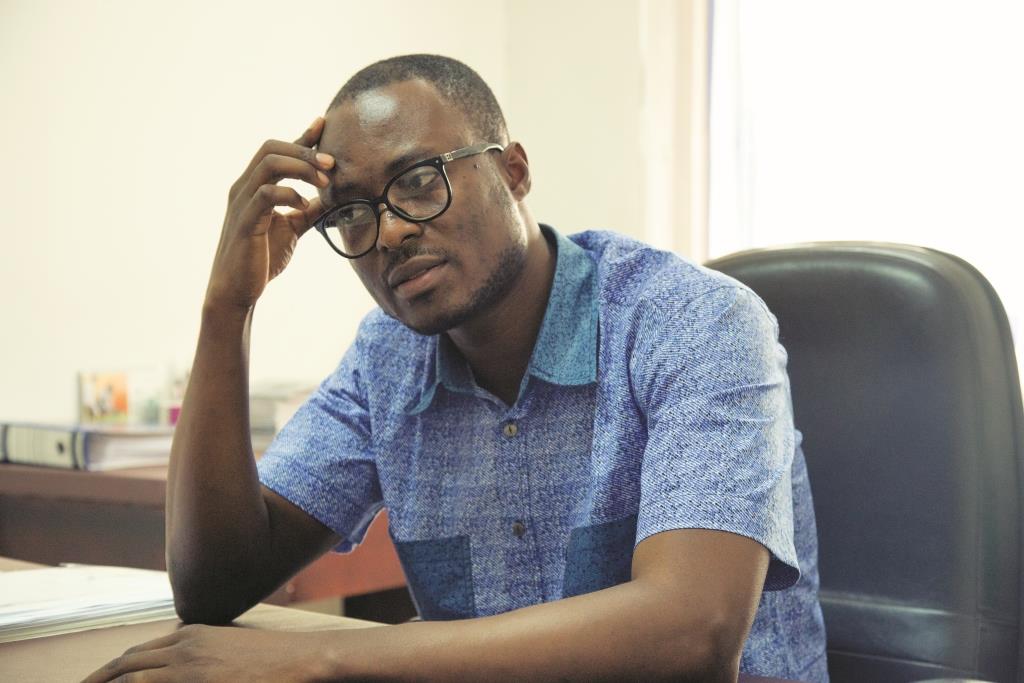Dr. Ben Sarkodie is a medical maverick in Ghana. His use of interventional radiology is unorthodox in the country. Interventional radiology is relatively new in the medical world, allowing doctors to treat and diagnose diseases without using invasive procedures.
Sarkodie came across this specialist field in a chance encounter during an exchange program in the United States (US). However, his passion to see the practice become a vital method of medical diagnosis was borne out of one tragic event.
Five years ago, a good friend of Sarkodie sought treatment from him for an ongoing heart condition. The patient had already undergone several surgeries to help solve the heart problem. She arrived at Sarkodie’s office for a routine check-up. It was far from routine.
“Before we could start our procedure, she had a sudden cardiac arrest and dropped to the floor,” says Sarkodie.
Responsible for more than 400,000 deaths a year, sudden cardiac arrest (SCA) is a condition that causes the heart’s normal rhythm to become chaotic and stop pumping blood effectively, leading to the victim’s collapse with no detectable pulse. SCA can strike anyone at any time.

“My biggest pain was that we couldn’t do that much to help save the life of this good friend,” says Sarkodie.
There are many challenges involved in practicing medicine in this part of the world. Basic lifesaving equipment needed for emergency situations like this are not available in many hospitals. A common response to SCA is the use of a defibrillator, which provides a lifesaving electric shock that restores the heart’s rhythm.
“We should be able to resuscitate someone who has just got a cardiac arrest, you want to be able to give the patients some lifesaving shocks, and if you do not even have a defibrillator, how do you do that?” asks Sarkodie.
He had to watch his friend die because he did not have the necessary equipment. It was difficult for Sarkodie to accept.
“For the next three days, I locked myself in my house. I didn’t want to be a doctor again, I didn’t think I could continue. The biggest shock was to see a fellow human being passing away and I was absolutely helpless. We did all we could but we were very limited with the resources we had,” he says.
Sarkodie knew he wanted to be a doctor from early childhood. His uncle was a doctor and Sarkodie would follow him to theater while he was in secondary school. It was all the inspiration the schoolboy needed.
Sarkodie attended medical school at the Kwame Nkrumah University of Science and Technology in Ghana. He started out enthusiastically but Sarkodie’s interest waned after three years.
“I am more like a maverick, I like to be challenged and I like to do new things, so after studying theory for three years, I completely lost interest,” says Sarkodie.
Things changed when Sarkodie was part of a medical exchange program at the Thomas Jefferson University in the US. This was his first exposure to interventional radiology.
“I said to myself this is so cool and I would love to do something like this,” says Sarkodie.
The exchange program was eye-opening. Sarkodie took part in radiological investigations. He used imaging techniques and some interventional procedures, like putting tubes into kidneys to alleviate blockages. The program lasted only two months but Sarkodie’s bond with interventional radiology would stay with him for life. Upon his return to Ghana, he realized how niche the subject was. The medical school in Ghana did not have a radiologist; they had to hire an expert from Britain to come down every four weeks to teach the subject.
After more than 10 years of studying, Sarkodie finally qualified as a senior consultant in radiology.
“Every doctor needs a radiologist because if we do not diagnose the condition, how do you manage it?” says Sarkodie.
He further honed his skills in interventional radiology by practicing in Singapore before his return to Ghana. Interventional radiology is used to treat conditions without traditional surgery, X-rays, and MRI scans.
“We are able to help in every discipline, including fibroids, which traditionally will be treated by a gynaecologist for example. In terms of surgery, instead of amputation, we are able to insert catheters and solve the problem locally,” says Sarkodie.
Following the death of his friend, the practice has gained even more prominence for Sarkodie.
“Cardiac intervention for patients like her now exists, which would have easily saved her life,” says Sarkodie.
The tragedy still haunts him to this day.
“I told myself ‘we can’t save everybody unfortunately. We would love to, but we can’t.’ I started looking at all the people I had helped to get back on their feet, people who keep sending me messages to say thank you, people who still call me today and send cards and gifts to say ‘thank you for what you did for me, and because of what you did, I am still here.’ That put me back on track.”
There are still many problems in the medical world, and if lives are going to be saved in the future, Sarkodie, with the help of interventional radiology, will lead the way.
